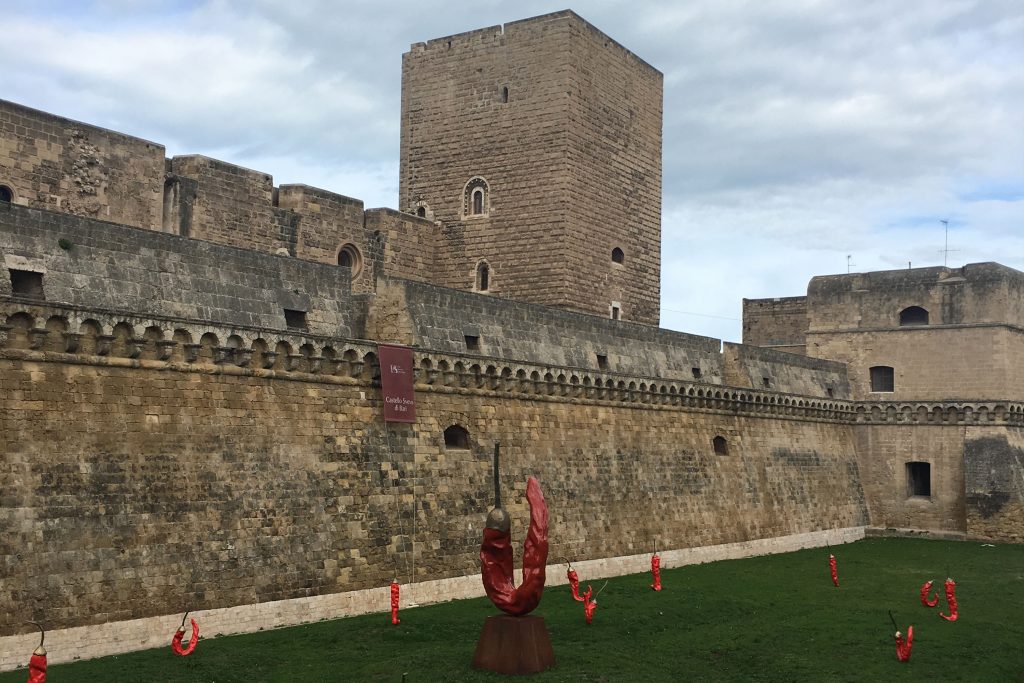About Bari
Bari, the second largest city of Southern Italy, is the capital of the Apulia region, located on the Adriatic Sea. The history of this city firstly began with Ilarians, then controlled by Greeks, and even had Islamic State ruled by the Berbers. Moreover, it turned into the residence of the Byzantine Governor and taken by forces of Roman Emperor. During the Roman era, Bari had strategical connection between the coast roadway. This city later was conquered and ruled by the Goths and Lombard’s as well as the Byzantines. In 1071, it came under the rule of the Normans, and became the chief town of Apulia. Diversities of cultures, religions, traditions of variant people has created the city’s treasures, further of it, this city still attracts plenty of tourists.
Basilica of Saint Nicholas
St. Nicholas is a Greek Christian saint and bishop, also known as “miracle creator” because of his miracles. According to the tradition, he has inspired the character of Santa Claus. ‘Sacred theft’ had reached St. Nicholas on May 9th, 1087, from the church in Myra, Turkey.
Under the order of Abbot Elia, Barian Sailors brought St. Nicholas’ relics, entering the harbor of Bari on May 9th,1087, in a wooden box. The remains of the ancient box, St. Nicholas’ relics, are preserved in the basilica. The basilica is ornamented with several traditional mosaics and motifs with different cultures, which have gradually expressed themselves over the years.

Old town
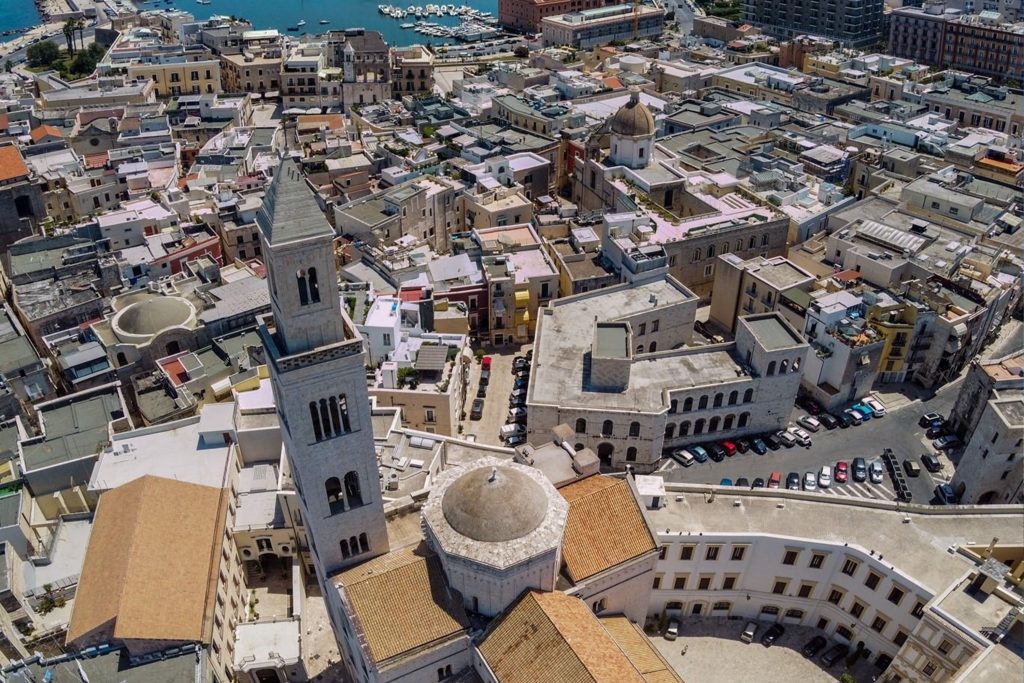
In the old town, a dense maze of streets reveals many architectural wonders such as churches, arches, symbols, reliefs, and memorials of ancient legends all across the squares and all around the corners. Buildings and icons carved in stones create mystery and curiosity.
Since the IV century BC, walls surrounded the old city to protect it from pirate ship attacks. Nowadays, you can take a walk upon that ancient Muraglia, which defines the limits of the old town and allows you to admire a breathtaking view of the Adriatic Sea.
Lungomare
The waterfront represents a work completed during the fascism surrounding a large part of the city, and it is dotted with “lampioni.” They represent the undisputed symbols of Bari, always depicted in postcards, photographs, and author paintings: 197 iconic street lamps, existing since the 1930s, which adorn the three kilometers of road that go from the entrance of the port to “Pane e Pomodoro” beach. At night, while walking, you can sit down and rest in front of the sea on the characteristic wooden benches and have a sight of the Palazzo della Provincia, illuminated in red, white, and green that reflect the Italian flag.
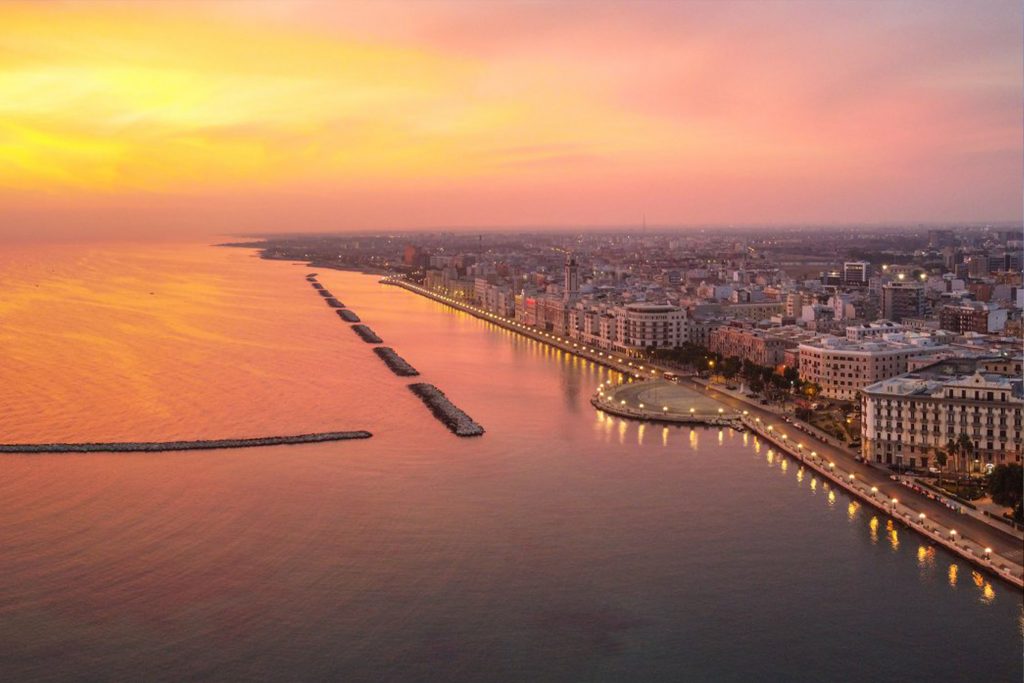
Theaters
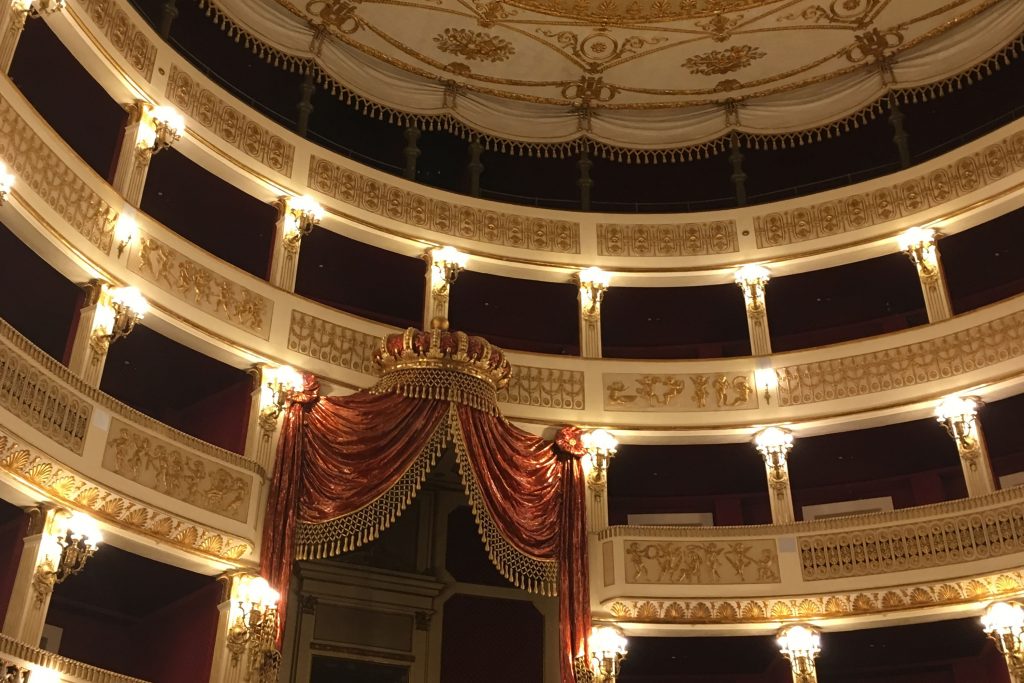
Piccinni Theater
The Piccinni Theater is the oldest existing theater in Bari. The theater was inaugurated on 4 October 1854 with the representation of the Poliuto by Gaetano Donizetti. This was followed by another inauguration on the name day of Queen Maria Theresa, October 15, 1854. The construction of this theater is due to the danger of collapse of the old theater of the Sedile, in Piazza Mercantile. Initially, it should have risen in its place, but after several proposals, was chosen the space in front of the Palace of the Intendenza.
Petruzzelli Theater
The Petruzzelli Theater was realized to satisfy the need of the city of possessing a cultural container worthy of a city eager to rise to the level of other Italian big cities. The construction was started in 1898 and completed in 1903. Then, the shows began on the evening of February 14th of the same year with the performance “Gli Huguenots” by Giacomo Meyerbeer. In October 1991, the Petruzzelli burnt, and it was reconstructed twenty years later. Today the Petruzzelli Theater is the fourth largest Italian theater and the largest private theater in Europe.
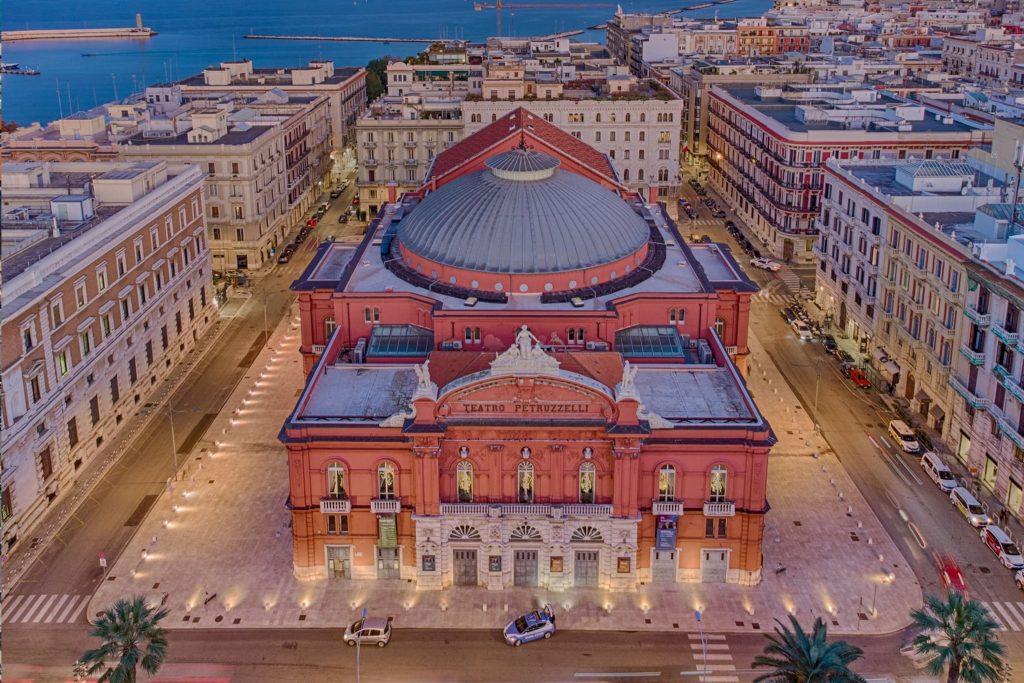
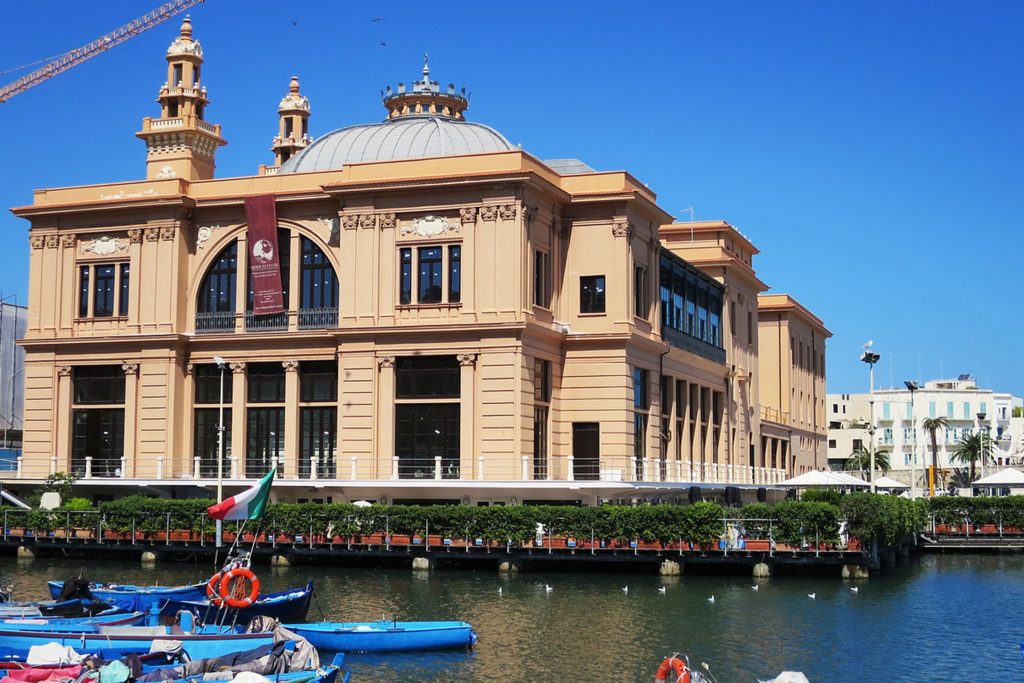
Margherita Theater
The Margherita Theater was built between 1912 and 1914 in the bend of the old port on pillars founded in the sea. The structure of the Margherita Theater was designed in complete Liberty style by Francesco De Giglio. After a long restoration, it was reopened in December 2018 and converted into a contemporary art museum. Its location is next to “Piazza del Ferrarese” and “Piazza Mercantile,” the main squares of Bari, and near to the old “Mercato del Pesce” and the old town.
Castello Normanno-Svevo
The Norman-Swabian castle of Bari (also known as “u Castídde”) is a symbolic building of the city. It is an imposing fortress which stands on the edge of the old town. Under the kings of Naples, the building was used as a prison and barracks.
Today, the castle is still surrounded by the ancient moat, which is now dry and covered by grass. It runs along three sides except for the northern strip, once bathed by the sea and currently part of the Lungomare; beyond the moat, there is the defense wall from the Aragonese period, equipped with sizeable angular spear bastions.
